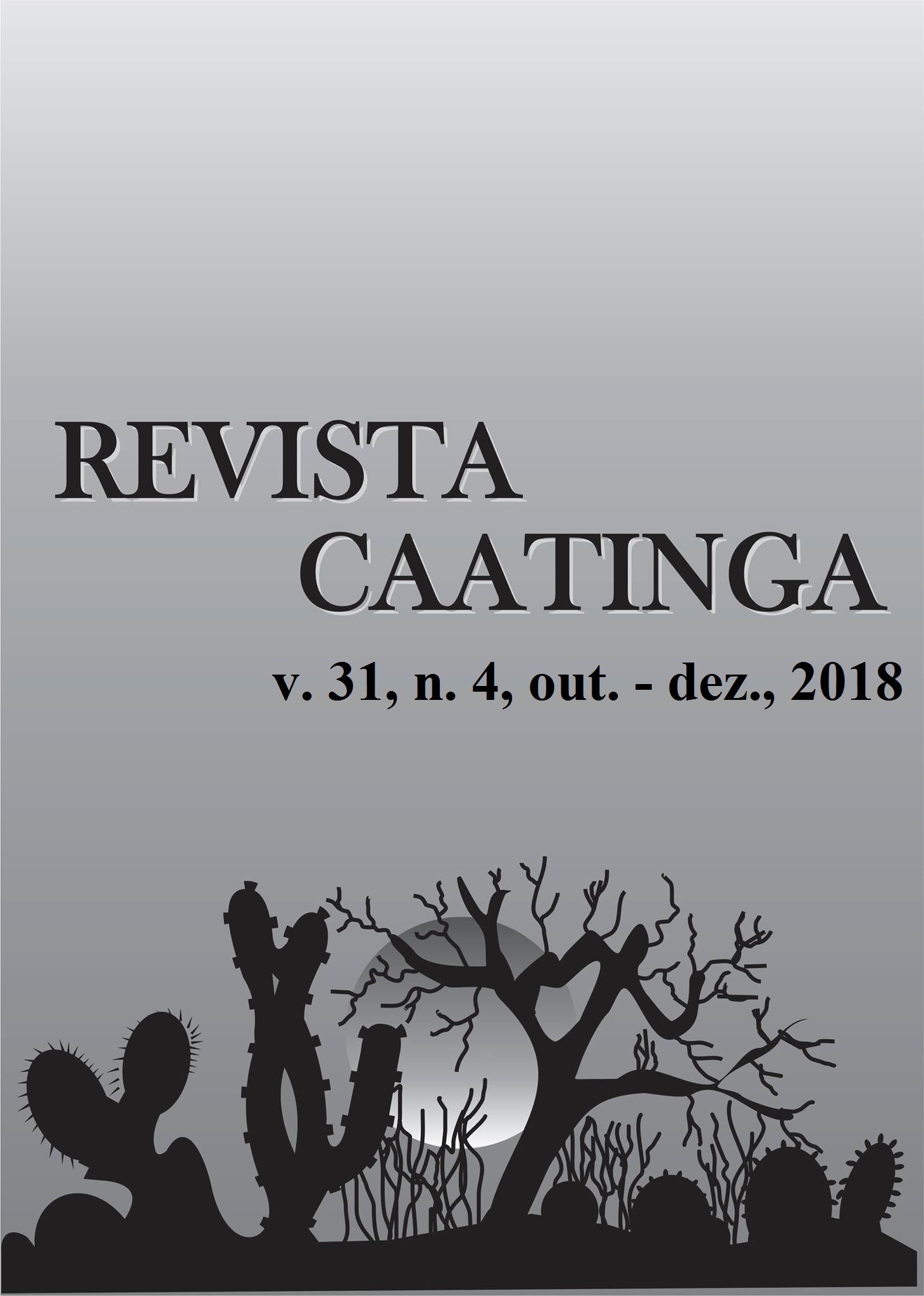SOIL QUALITY UNDER AGROFORESTRY SYSTEMS AND TRADITIONAL AGRICULTURE IN THE ATLANTIC FOREST BIOME
DOI:
https://doi.org/10.1590/1983-21252018v31n418rcKeywords:
Local knowledge. Soil aggregation. Soil microbial biomass. Soil organic carbon.Abstract
In the present study, we evaluated the influence of agroforestry systems and traditional agriculture on the physical attributes and biologicals of soil, using as reference a native forest area in Paraty, RJ. Levels of total soil organic carbon, as well as oxidizable fractions and aggregate stability, were analyzed, in addition to the activity and carbon and nitrogen content in the soil microbial biomass, in the 0–5 cm layer, in two distinct seasons (dry and rainy seasons). The agroforestry systems and traditional agriculture maintain high levels of total organic carbon and its storage in more stable fractions. These systems provide the same conditions as those of the forest area for the aggregation of the soil. The microbial biomass was more responsive to variations in management and seasonality. The deployment of agroforestry systems contributes to the formation of a more diversified agricultural matrix, promoting improvements in the soil quality and connection with the remaining adjacent forest.
Downloads
Downloads
Published
Issue
Section
License
Os Autores que publicam na Revista Caatinga concordam com os seguintes termos:
a) Os Autores mantêm os direitos autorais e concedem à revista o direito de primeira publicação, com o trabalho simultaneamente licenciado sob a Licença Creative Commons do tipo atribuição CC-BY, para todo o conteúdo do periódico, exceto onde estiver identificado, que permite o compartilhamento do trabalho com reconhecimento da autoria e publicação inicial nesta revista, sem fins comerciais.
b) Os Autores têm autorização para distribuição não-exclusiva da versão do trabalho publicada nesta revista (ex.: publicar em repositório institucional ou como capítulo de livro), com reconhecimento de autoria e publicação inicial nesta revista.
c) Os Autores têm permissão e são estimulados a publicar e distribuir seu trabalho online (ex.: em repositórios institucionais ou na sua página pessoal) a qualquer ponto antes ou durante o processo editorial, já que isso pode gerar alterações produtivas, bem como aumentar o impacto e a citação do trabalho publicado (Veja O Efeito do Acesso Livre).







